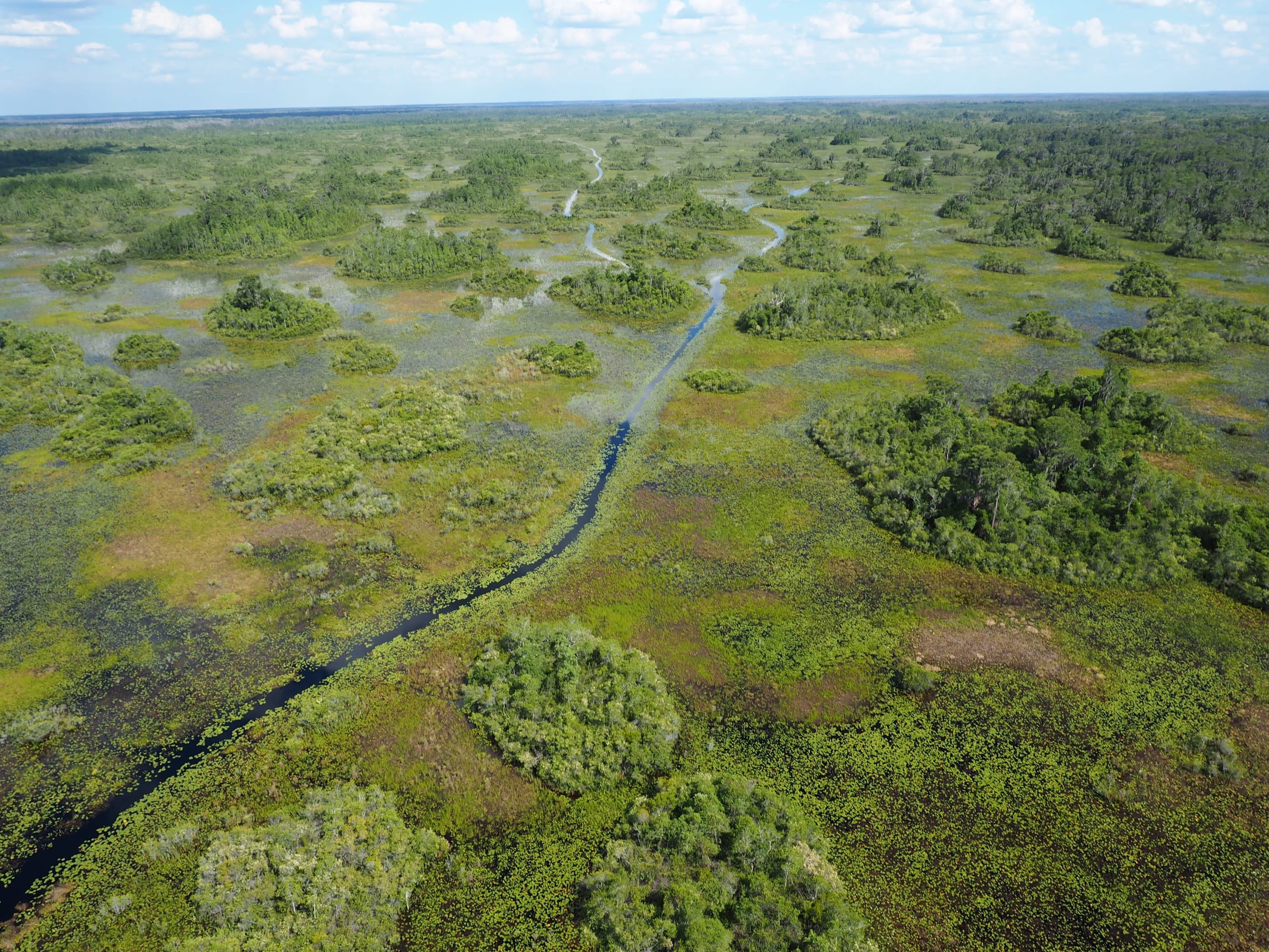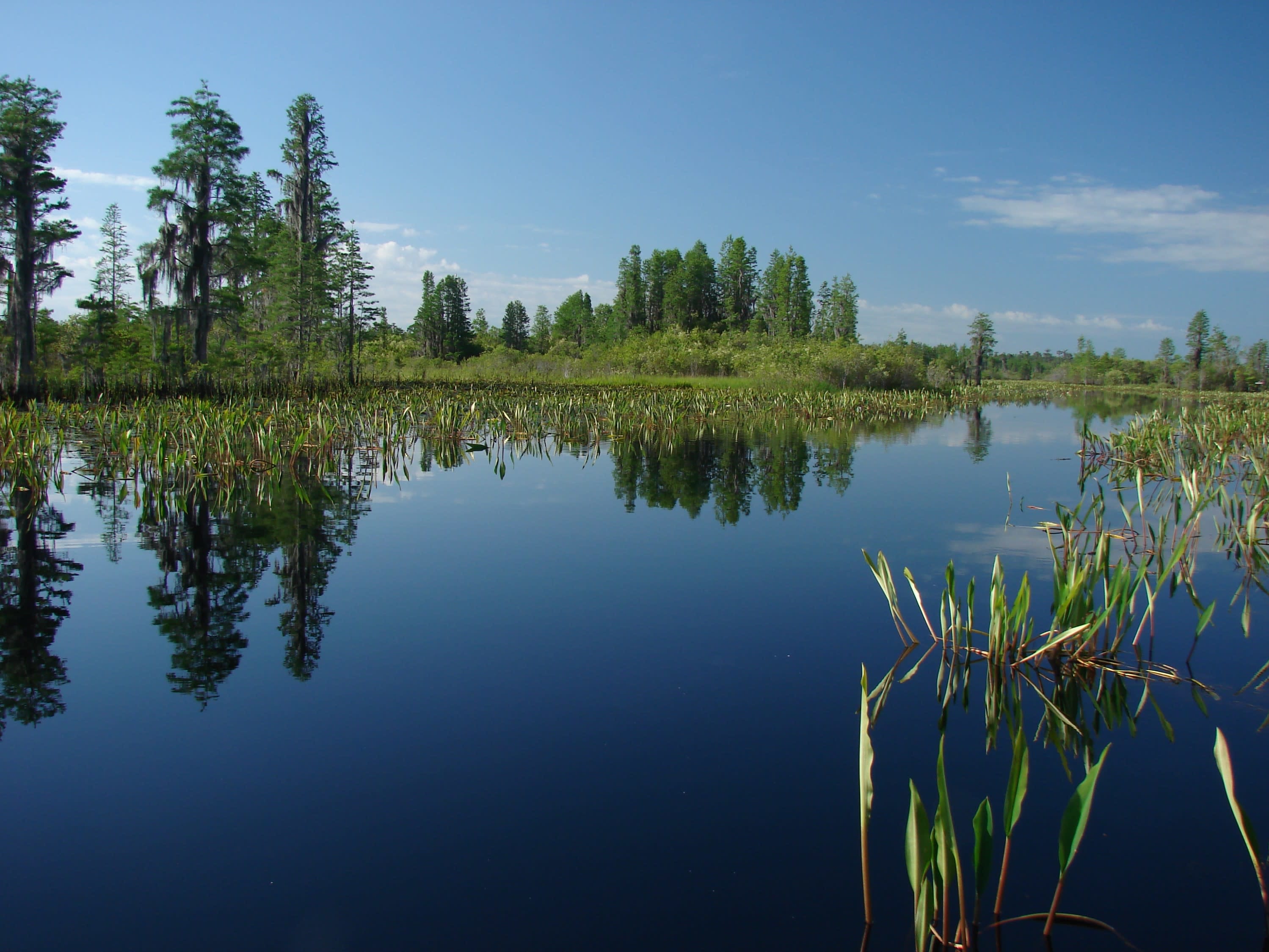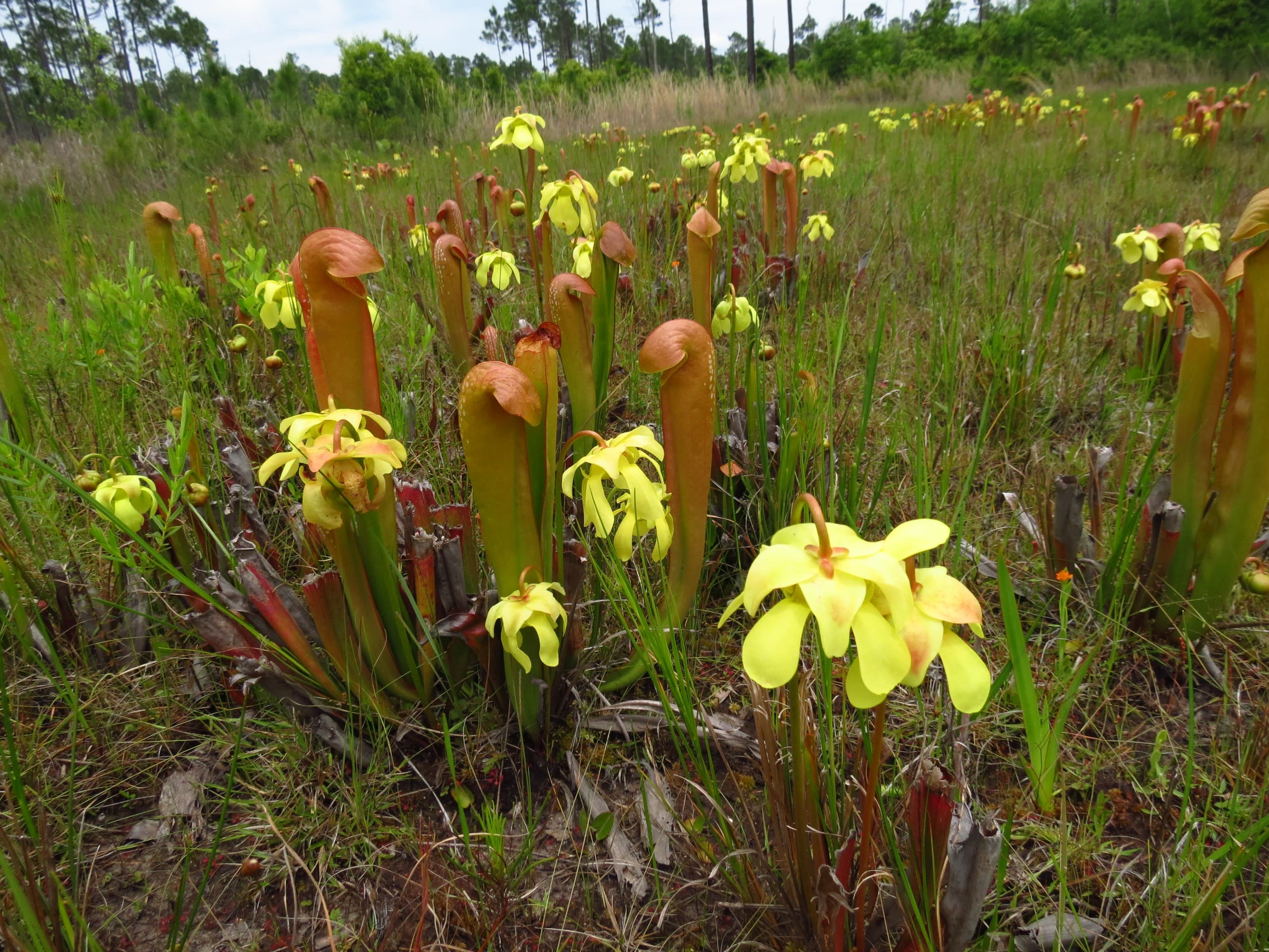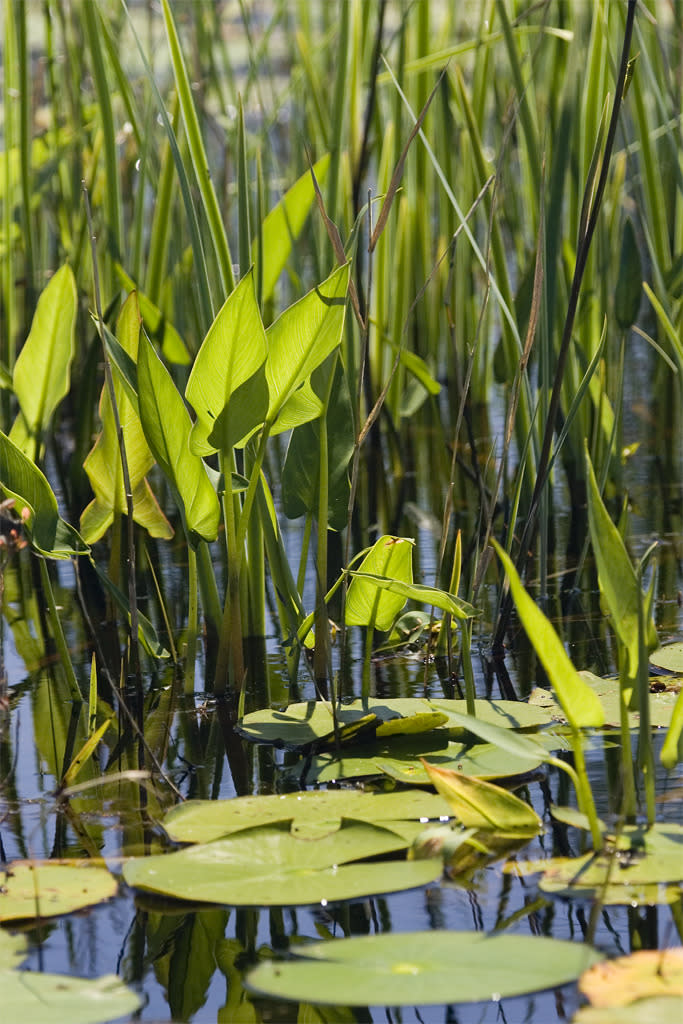
Okefenokee Swamp
Categories
South Atlantic (FL, GA, NC, PR, SC, VA, VI, WV)
About
- Currently a Ramsar Site
- Protects biological diverse wetland flora, fauna and/or their habitat
- Supports significant numbers of wetland-dependent fauna, such as water birds or fish
- Rare or unique wetland type within its own biogeographical region. (Meeting this criteria would include, but is not limited to, wetlands with unique hydrology or chemistry that make it rare within its own region)
The Okefenokee Swamp is a Wetland of International Importance per the Ramsar Convention of 1971. National Geographic magazine named the Okefenokee Swamp as one of the 100 Most Beautiful Places on Earth in 2012. There are 21 habitat types within the swamp, and this structural diversity contributes to high species richness and biodiversity with over 850 plant species and over 200 bird species that live within or use the swamp. Many carnivorous plants can be found in the swamp, and the swamp is known for its high concentrations of pitcher plants. According to the Okefenokee National Wildlife Refuge, animals include 64 reptile, 50 mammal, 39 fish, and 37 amphibian species. In total, over 400 vertebrate species live within or use the swamp for part of their life history. It is estimated that 10,000 to 13,000 American alligators inhabit the swamp, serving as the apex predator of this ecosystem.
The Okefenokee Swamp is the largest blackwater wetland ecosystem in North America, and it is the least disturbed and most intact freshwater ecosystem on the Atlantic Coastal Plain, which is itself a global biodiversity hotspot. The swamp is astoundingly beautiful, with moss-covered cypress trees standing above flowering plants floating on tea-colored blackwaters. Okefenokee is believed to be a Creek Indian word meaning “trembling earth” as some of the “land” in the swamp is comprised of partially buoyant peat deposits that move and shake when walked upon, or when the wind blows on the vegetation and trees. Peat deposits in the swamp are up to 15 feet deep, and the total peat volume is estimated to be around 401 million cubic meters.
Okefenokee National Wildlife Refuge | U.S. Fish & Wildlife Service (fws.gov)
Exemplary Ecosystem Services:
- Maintains ecological connectivity/cohesion
- Aesthetic/cultural heritage value/ provisioning
- Recreation (birdwatching, ecotourism)
- Carbon storage
- Education
Over 600,000 nature lovers, birders, paddlers, and astronomers visit the swamp annually, and there are over 120 miles of water trail in the swamp. The swamp has supported human habitation for over 4,000 years. The Okefenokee Swamp Park collaborates with the Okefenokee Regional Education Service Agency and provides science outreach programs free-of-charge to any public school in Atkinson, Bacon, Brantley, Camden, Charlton, Clinch, Coffee, Pierce, and Ware Counties (Southeast Georgia).
Outreach Programs at Okefenokee Swamp Park - Okefenokee Swamp Park & Adventures (okeswamp.org)
Okefenokee National Wildlife Refuge | About Us | U.S. Fish & Wildlife Service (fws.gov)
The Okefenokee Swamp is nearly entirely contained within a USFWS National Wildlife Refuge, and the swamp is also designated as a Wilderness Area. The site has limited public access through three sites that include boat launches and foot trails:
- Stephen C. Foster State Park, 17515 Highway 177, Fargo, GA 31631
- USFWS Okefenokee National Wildlife Refuge Headquarters, 4155 Suwannee Canal Road, Folkston, GA 31537;
- Okefenokee Swamp Park, 5700 Okefenokee Swamp Park Rd, Waycross, Georgia 31503
- Inland Shallow Fresh Marsh
- Inland Deep Fresh Marsh
- Inland Open Fresh Water
- Inland Fresh Shrub Swamp
- Inland Fresh Wooded Swamp
- Inland Fresh Bog
Adjacent Water Bod(ies):
- Stream
Name of body of water: The Okefenokee Swamp is the headwaters of two notable regional rivers: the Suwanee and St Marys Rivers. These rivers begin as outflows from the swamp.
Surficial Geology:
The American alligator (Alligator mississippiensis), considered a sentinel of the swamp, is also one of its prime landscape architects. The Okefenokee Swamp is criss-crossed with alligator trails and small alligator pools that have been excavated from the peat. This forms a network of travel corridors used by many other species inhabiting the swamp. The population of alligators is estimated at around 10,000 to 12,000 individuals depending on water level fluctuations.
Images



